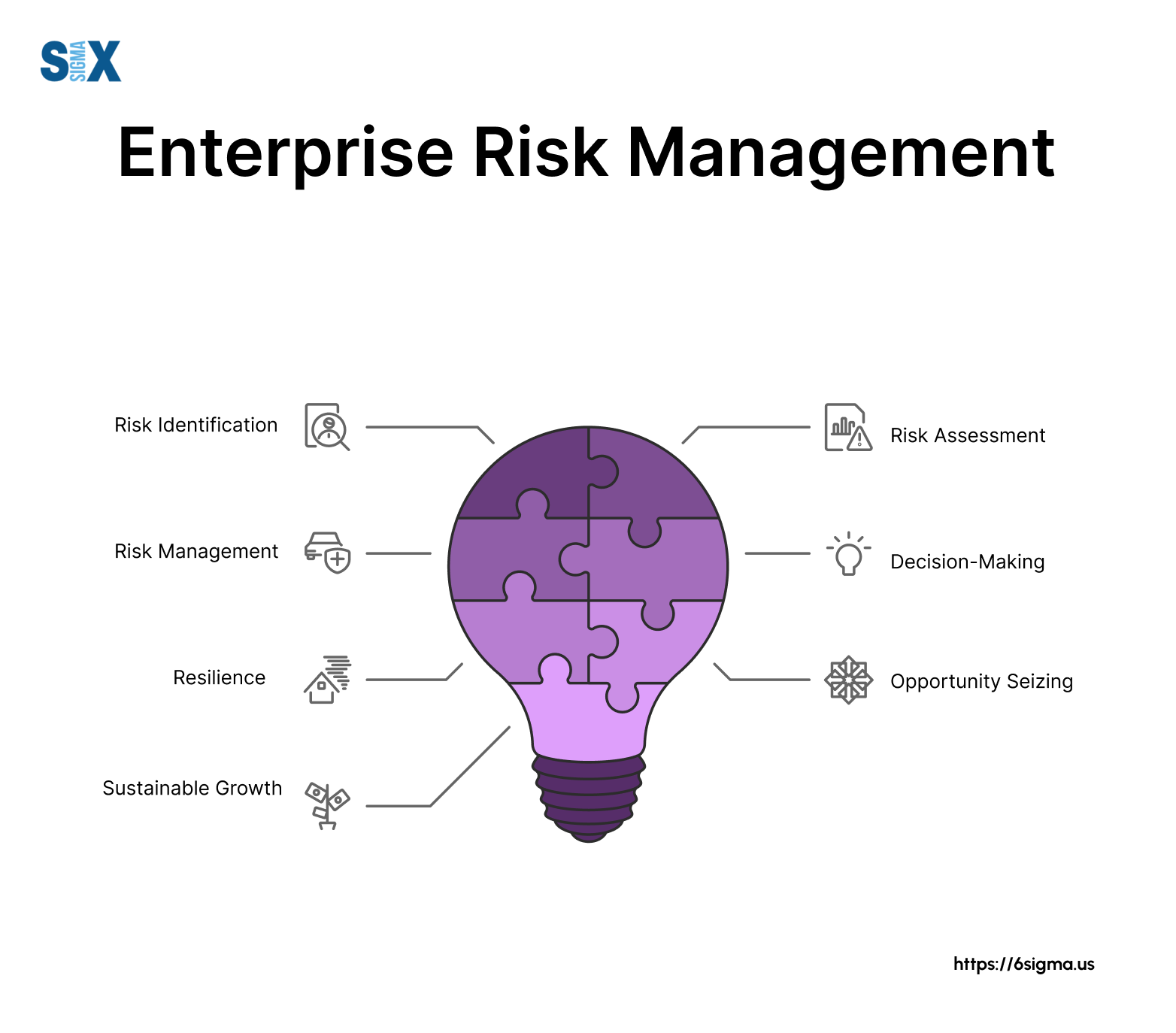The Long-Term Importance of Risk Management in Building Business Advantage
The Long-Term Importance of Risk Management in Building Business Advantage
Blog Article
Checking out the Relevance of Risk Management for Effective Decision-Making Techniques
In the complex world of company, Risk Management emerges as a critical factor in the decision-making procedure. The capability to identify prospective risks and opportunities, and plan accordingly, can spell the distinction in between success and failure.
Recognizing the Principle of Risk Management
Risk Management, an important part in decision-making, is commonly misinterpreted or oversimplified. Risk Management entails self-displined and organized strategies, using information and informative evaluations. From financial uncertainties, lawful responsibilities, strategic Management mistakes, to crashes and natural catastrophes, it addresses various dangers - importance of risk management.
The Function of Risk Management in Decision-Making Processes
In the world of tactical preparation and service procedures, Risk Management plays an indispensable function in decision-making procedures. It helps in determining possible threats and unpredictabilities that might affect the achievement of organization objectives. By tracing these risks, business can create approaches to minimize their impact, guaranteeing organization continuity and stability. Risk Management therefore becomes a crucial device in decision-making, helping leaders to make enlightened choices based on a detailed understanding of the dangers included. It encourages an aggressive technique, allowing organizations to prepare and anticipate for feasible future situations. This considerably decreases the chance of adverse effects, advertising much more reliable and reliable decision-making strategies. For that reason, Risk Management acts as a crucial component in the decision-making procedures of any organization.

Exactly How Risk Management Enhances Strategic Planning
In the context of tactical preparation, Risk Management plays an essential role. Initiating with the recognition of potential risks, it even more reaches the application of Risk mitigation procedures. The function of Risk Management is vibrant but not static, as it demands consistent tracking and adjusting of methods.
Determining Possible Risks

Applying Risk Mitigation
Risk mitigation strategies can range from Risk avoidance, Risk transfer, to take the chance of reduction. Each approach must be customized to the details Risk, considering its prospective impact and the organization's Risk tolerance. Effective Risk mitigation requires a deep understanding of the Risk landscape and the prospective influence of each Risk.
Monitoring and Readjusting Approaches
Though Risk mitigation is an essential action in critical planning, constant surveillance and adjustment of these techniques is similarly crucial. This continuous process permits companies to determine new risks and reassess existing ones, making certain the carried out strategies continue to be reliable in the ever-changing company atmosphere. It likewise gives an opportunity to examine the success of the Risk Management measures, allowing modifications to be made where essential, more improving calculated planning. Efficient monitoring and adjustment require the use of analytics and vital efficiency indicators (KPIs) to measure performance. These tools provide important data-driven insights that can educate strategic decision-making. Consequently, surveillance and readjusting Risk Management techniques is a crucial part for boosting an organization's resilience and calculated planning.
Case Studies: Effective Risk Management and Decision-Making
In the world of organization and financing, effective Risk Management and decision-making frequently serve as the columns of thriving ventures. These cases highlight the value of sharp Risk Management in decision-making procedures. These cases underscore the critical function of Risk Management in strategic decision-making.
Devices and Methods for Reliable Risk Management
These tools, such as Risk signs up and warm maps, aid in recognizing and evaluating potential threats. Risk action approaches, a vital element of Risk Management, involve accepting, preventing, transferring, or mitigating dangers. With these tools and strategies, decision-makers can browse the complicated landscape of Risk Management, thus helping with informed and reliable decision-making.
Future Patterns in Risk Management and Decision-Making Approaches
As we explore the substantial landscape of Risk Management, it becomes apparent that the tools and techniques used today will certainly continue to advance. The principle of Risk culture, where every member of an organization is aware and involved in Risk Management, will gain extra importance. These trends declare an even more aggressive and inclusive method in the direction of Risk Management and decision-making.
Final thought

Risk Management thus ends up being a importance of risk management vital tool in decision-making, assisting leaders to make educated options based on a thorough understanding of the threats entailed. Risk reduction techniques can range from Risk evasion, Risk see this here transfer, to risk decrease (importance of risk management). Effective Risk mitigation calls for a deep understanding of the Risk landscape and the possible influence of each Risk. Risk response strategies, a vital part of Risk Management, involve accepting, avoiding, moving, or mitigating risks. The concept of Risk society, where every member of a company is mindful and involved in Risk Management, will certainly acquire extra prestige
Report this page